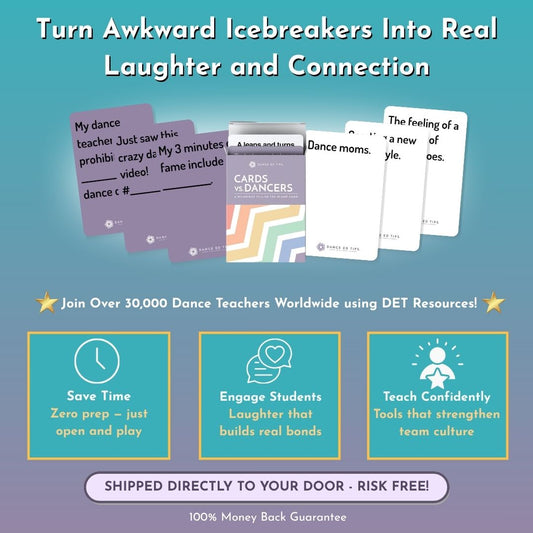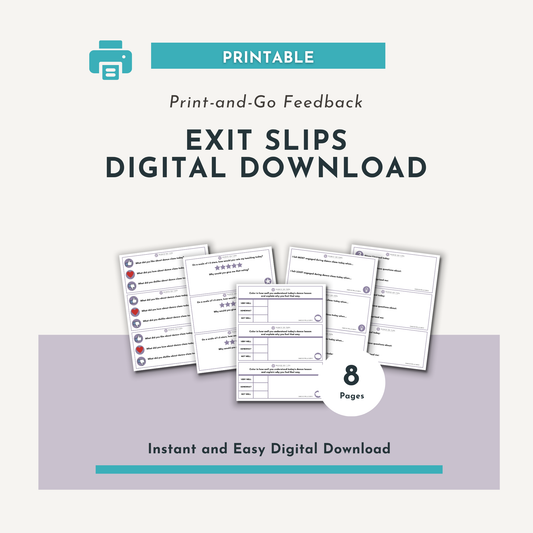Ready to share your passion for dance in the university setting? Teaching dance in higher education provides amazing growth opportunities for you as an educator, and also as a dance intellect. At this level, you’re able to have many thoughtful conversations about dance with the next generation of professionals. You will also have the chance to connect with new-to-dance students as many take dance classes as electives. Teaching students a new skill at this age is challenging, exciting, and altogether part of what makes higher education so special.
Mostly those applying for higher education teaching jobs have prior teaching experience. However, depending on the setting, environment, and student population, the qualifications will be different. Let’s focus on specifics for teaching dance in higher education.
What do you need to be a dance teacher?
In order to be a dance teacher you need to have two types of knowledge: content knowledge and pedagogical knowledge.
Content knowledge is knowledge about the thing that you are teaching. In this case, it’s dance. As a dance teacher you should know the movement practices, the terminology, the cultural and historical context, and the anatomical function of the dance style you are teaching.
Pedagogical knowledge is knowledge about how to teach. This means understanding how people learn at various developmental stages and being able to implement strategies that help them gain skills and understanding.
When teaching dance both these worlds come together to form Pedagogical Content Knowledge: this is specific educational strategies to teach a particular content area. For us, it’s becoming experts on how to teach dance specifically.
No matter where you teach dance (a studio, a PK-12 school, or a university) you will need to have pedagogical content knowledge, but the qualifications, degrees, and work experience you have will also determine which kind of jobs you can apply for.
In addition to this, dance teachers are expected to:
- Teach and perform a variety of dance styles
- Create sequential and developmentally-appropriate lesson plans in those dance styles
- Choreograph in those dance styles
- Guide students safely through a warm up, conditioning, stretching, exercises, choreography and cool down
- Provide historical, cultural, artistic, and pedagogical context to their dance teaching
- Put on a performance with music, costumes, and lighting
- Implement classroom management strategies
- Differentiate their teaching for varying learners’ needs
- Create an emotionally safe space where students can grow and learn
- Continue their own education
- And much more
How to become a Dance Professor
Now, let’s talk about becoming a college dance professor in higher education. Dance professors are experts in our field who are sharing their knowledge, methodologies, and artistry at a collegiate level. Most universities look to hire professors who have a Doctoral or Masters degree in dance or a closely related field. They also look for individuals who engage in scholarly dance work including:
- Creating, performing, and/or sharing choreographic work
- Dancing and performing professionally
- Conducting research in the dance and dance education field
- Publishing findings and best practices in dance and dance education journals
- Presenting on dance and dance education at regional, national, and international conferences
- Being a leader in national dance and dance education organizations and committees
- And more
The application process for university positions is rigorous and competitive. Many universities ask for applicants to submit a Curriculum Vitae, cover letter, research statement, teaching philosophy, diversity and inclusion statement, sample syllabus and much more. Lastly, if selected as a candidate, be ready to teach a sample lesson and to be interviewed by faculty and students.
A great way to begin your journey to becoming a full-time dance professor is to begin as an adjunct, or a part-time professor. This will get you some experience teaching in higher education, help you build a network in this sector, and will be a good addition to your resume.
What are you expected to teach as a Dance Professor?
As a dance professor, what you are expected to teach is often outlined in the job posting. Depending on the position, some positions might ask that you are an expert in certain dance styles or cultural dance forms or ask that you are qualified to teach specialized courses like: dance history, anatomy, improvisation, choreography, etc. Although this might be written in the job description, your actual course load for each semester might change or vary depending on the changing needs of the department.
You might also be asked to mentor students through an independent study, senior practicum, or choreographic process along with being part of a variety of committees within and outside of the dance department. Some universities also require full-time professors to act as advisors who help students with registering for classes each semester. If you are interviewing for a university position, be sure to ask what other requirements will be asked of you in addition to teaching classes. This will help you gauge the full scope of the position so you won’t be surprised later.
In closing
If you’re reading all this and thinking “Being a dance teacher is a lot of work,” that’s great! Dance education as a profession, calling, or job is often underappreciated and much of the work that goes on behind the scenes is unrecognized. Unfortunately, many individuals believe that just because they are a talented dancer that automatically makes them a great dance teacher and that just isn’t true. Teaching dance in all settings requires a commitment and understanding of dance as an artform AND commitment and understanding of how people learn. We at Dance Ed Tips have helped thousands of dance teachers in all stages of their careers become better dance educators through our resources, ongoing education, and membership and we know we can do the same for you!





